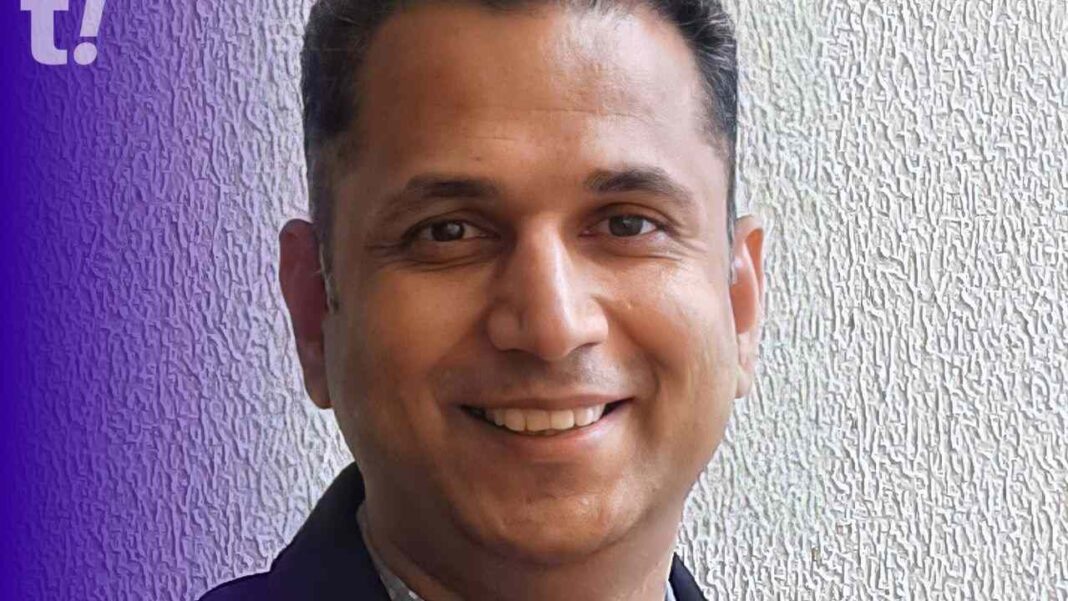Speaking to TechGraph, Sagar Pandkar, CTO of SG Analytics spoke about the company’s approach to data analytics and its commitment to delivering exceptional client experiences by streamlining processes using automation and cloud computing.
Read the complete interview:
TechGraph: Can you explain in detail how your data analytics services use technology to provide insights to clients?
Sagar Pandkar: We operate across the entire spectrum of the data value chain by incorporating Data Governance, Data Operations, Data Engineering, Data Science, and Data Visualization to provide actionable insights to our clients.
This involves creating web scraping tools, aggregating data from disparate sources, and building cloud-based pipelines to stage, ingest, and curate data. These are then fed to the ML/NLP workloads to create actionable insights across various areas, such as risk management, customer experience, marketing performance, retention & loyalty, and customer engagement.
TechGraph: How do you ensure the accuracy and reliability of the data used in your analytics services, and what technology do you employ to achieve this?
Sagar Pandkar: We adopt various measures to ensure data accuracy and reliability. These measures include verifying the credibility of the data sources, ensuring data is consistent and standardized as per a common taxonomy, and adopting data governance best practices to maintain data definitions, lineage, and compliance requirements.
These coupled with automated data quality checks and audits ensure both accuracy and reliability of the data. We also employ multiple technologies at various stages, such as data quality tools, data governance platforms, and different statistical techniques. In addition, we train ML models to achieve the requisite quality.
TechGraph: How do you stay up-to-date with the latest technological advancements in data analytics and integrate them into your services to enhance client experiences?
Sagar Pandkar: We adopt multiple measures, such as attending marquee conferences, tracking publications and websites focused on data analytics, and fostering a culture of continuous learning via webinars, online courses, and industry expert sessions to stay up-to-date about the latest happenings in this space.
This is augmented by providing the necessary infrastructure for developers to develop a proof of concepts and letting them mature and then apply them to solve specific problems in our customers’ context, thereby elevating the overall client experience.
TechGraph: Can you elaborate on the role of artificial intelligence and machine learning in your predictive analytics services and how these technologies add value to clients?
Sagar Pandkar: ML and NLP play a significant role in providing value-added analytics services to our customers. We have used them to solve various problems, such as predicting customer churn, identifying effective marketing channels, and forecasting customer lifetime value. The various predictive analytics use cases have helped our clients forecast revenue and optimize marketing spend and customer retention strategies.
TechGraph: In what ways do you ensure data privacy and security in your analytics services, and what technologies do you use to safeguard sensitive information?
Sagar Pandkar: We adopt various levers to ensure data privacy and security. Data is encrypted at rest and in motion to ensure privacy. Strong access control mechanisms, such as multifactor authentication and role-based access control, are implemented for security.
In addition, PII data is collected only on a need basis, and relevant security controls are applied to protect it. We also comply with relevant data protection regulations such as GDPR and the CCPA.
TechGraph: What measures do you take to ensure the scalability and flexibility of your technology infrastructure to accommodate client growth and changing needs?
Sagar Pandkar: We adopt a cloud-native architecture to provide scalability and flexibility of the technology infrastructure by design. This allows incremental scaling of resources as per the need and meets our clients’ High Availability and Disaster Recovery requirements. Using scalable storage solutions for blob resources and horizontally scalable database architectures allows for growing data storage needs.
TechGraph: How do you make your technology solutions accessible and user-friendly for non-tech-savvy clients?
Sagar Pandkar: We apply Product Management and Design Thinking techniques coupled with our in-depth domain knowledge to build intuitive and contemporary user interfaces. This ensures a smooth and friction-free experience for non-tech-savvy clients. We also create a seamless onboarding experience by creating training videos and guides as a further learning aid.
TechGraph: What role does automation play in your analytics services, and how does it streamline processes for clients?
Sagar Pandkar: We automate processes at all levels. For development, we adopt a DevOps approach that allows continuous build, deployment, and test cycles at scale, coupled with Infrastructure automation tools that allow spinning up and tearing down resources On the data engineering and BI side, the entire pipeline, comprising data ingestion, cleansing, curating, running ML workloads, and rendering visualizations, is also automated. This brings tremendous value to our clients by making the entire process repeatable.
TechGraph: How do you leverage big data and cloud computing to provide seamless and efficient analytics services to clients?
Sagar Pandkar: Today, cloud computing has become the backbone for efficient analytics services since it provides an elastic scale at a reasonable price point. It has also commoditized provisioning and configuring big data technologies. This is particularly for our clients that need to deal with large volumes of streaming data.
In addition, they need the ability to process large datasets for ML and NLP workloads. Additionally, the availability of distributed computing big data frameworks on the cloud has helped provide a seamless experience.





